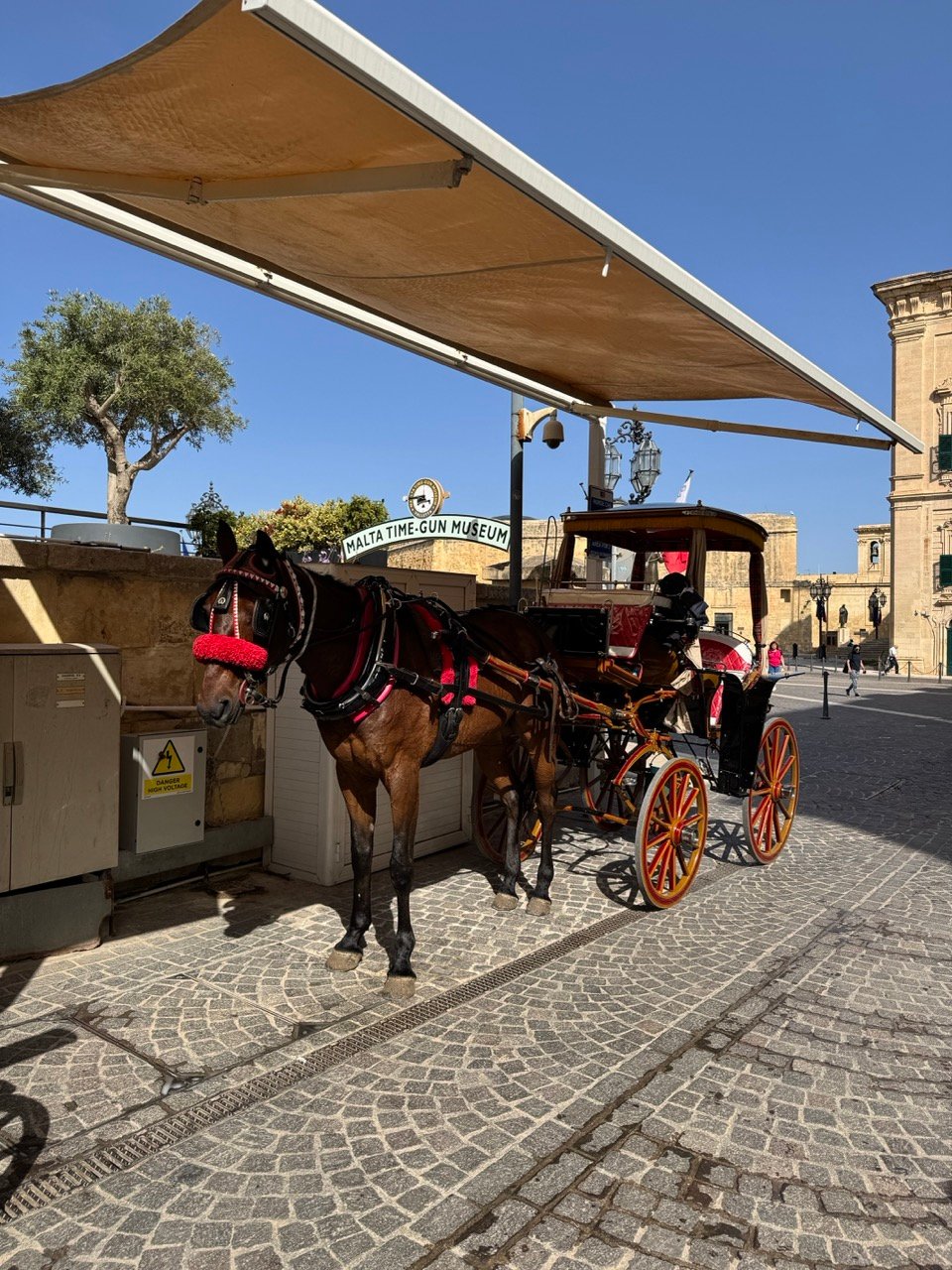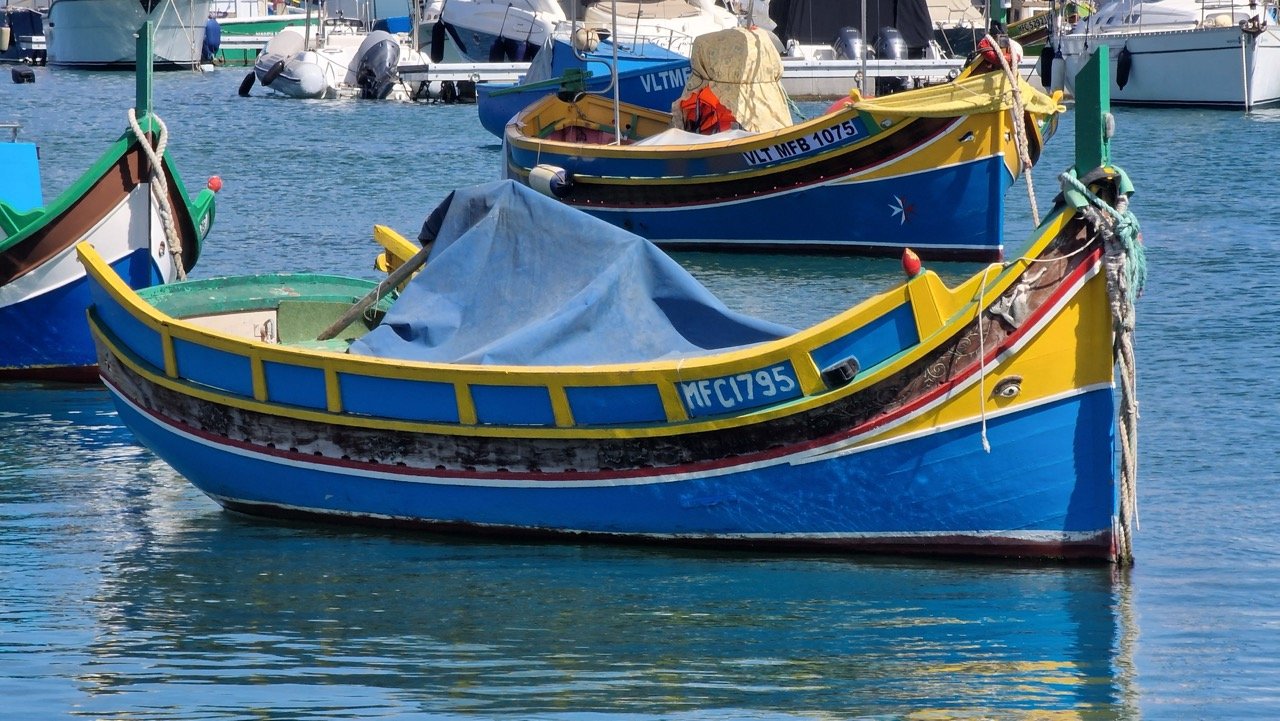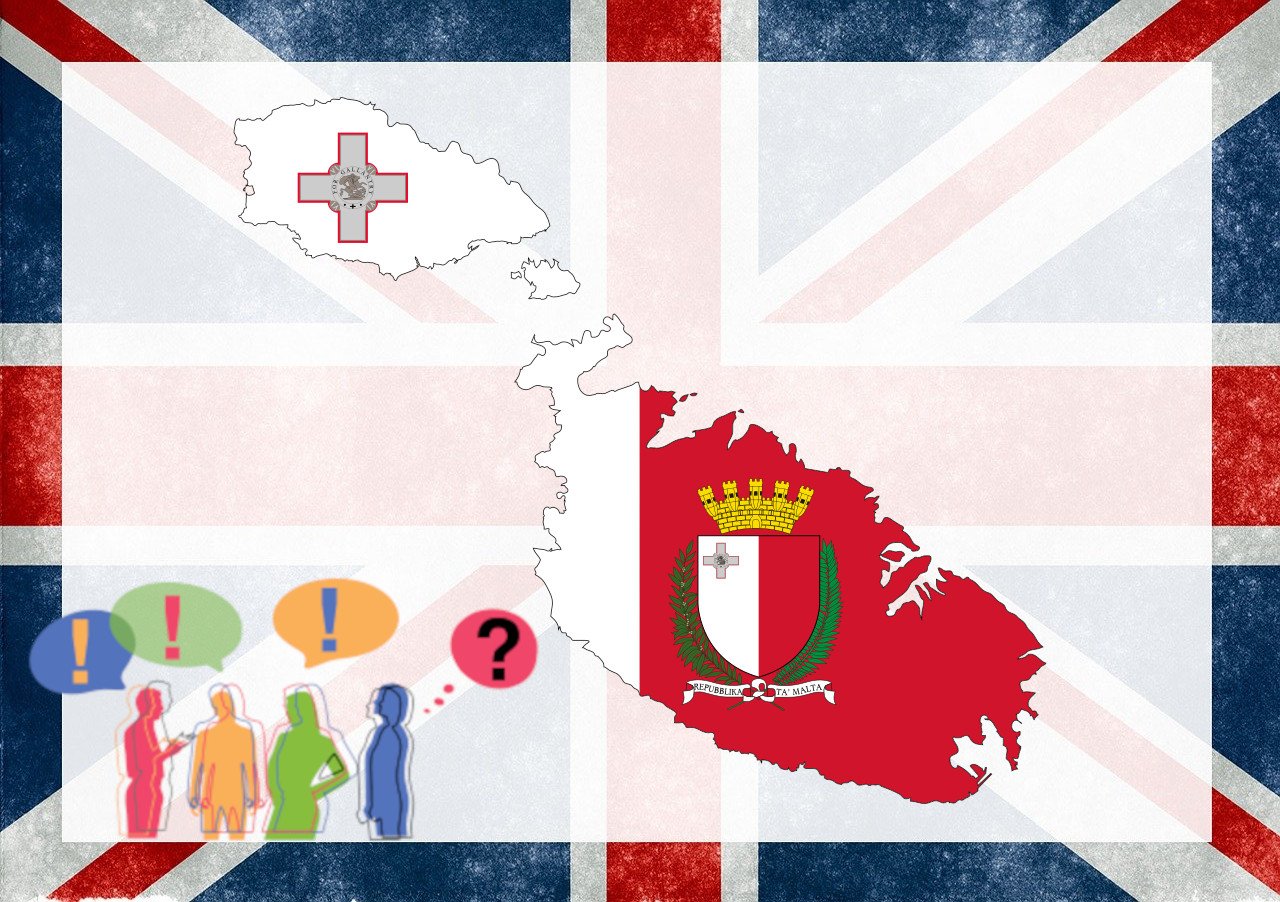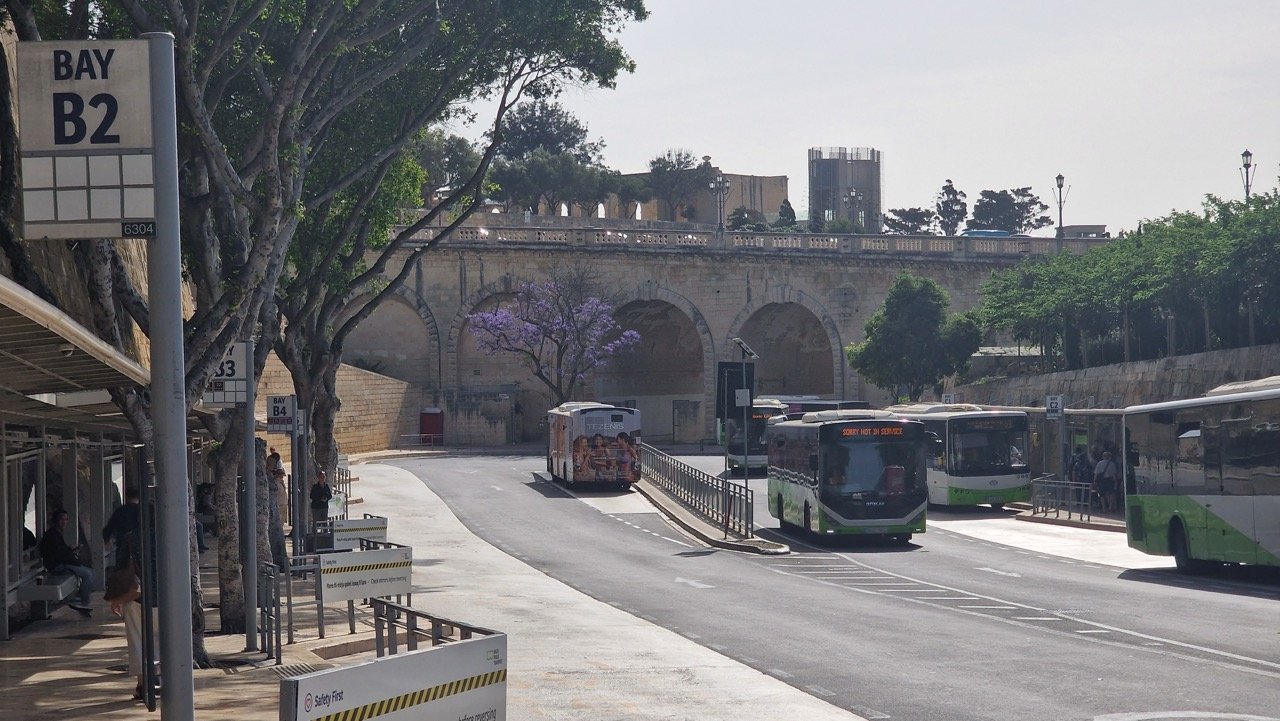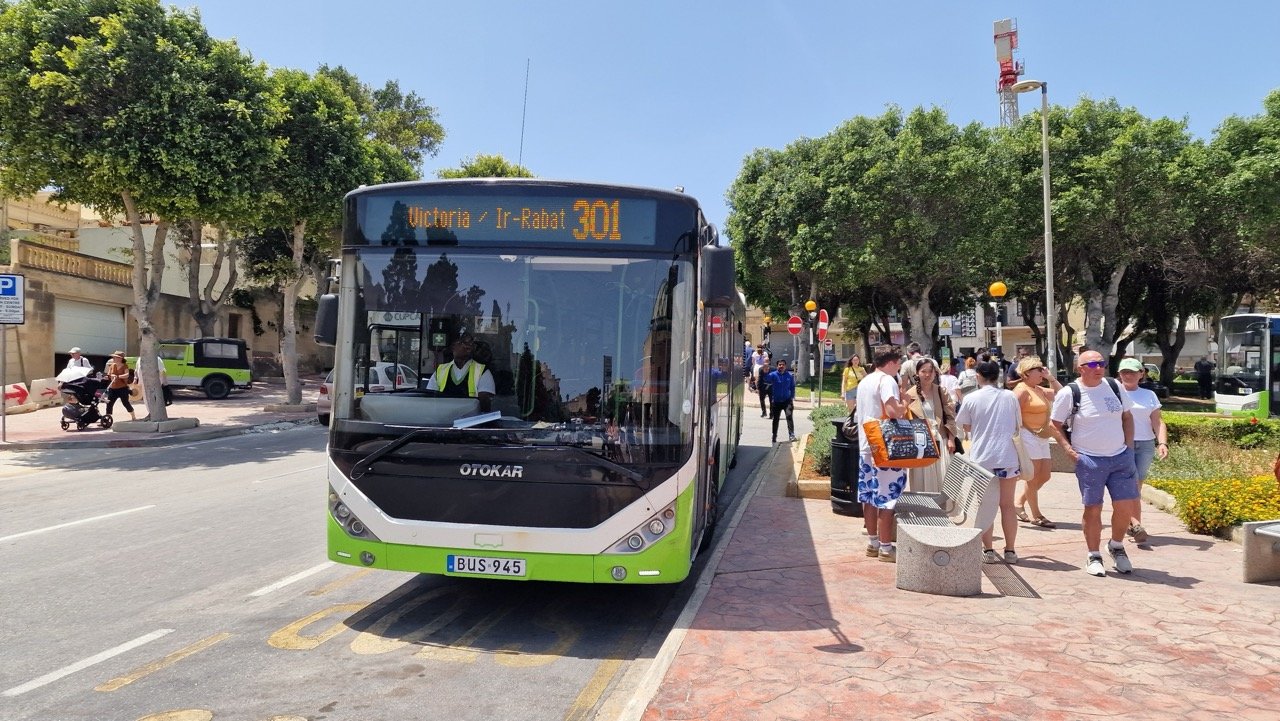Malta, a small island nation in the heart of the Mediterranean, is known for its rich history, warm climate, and stunning sea views. Malta’s, Valletta, is one of Europe’s smallest—but most unique—capital cities.
It’s a compact, walkable baroque town perched on a rocky peninsula between two natural harbors—Grand Harbour and Marsamxett. The centuries-old buildings immediately draw you in, and the main attractions are so close together that even a short visit can be a full and rewarding experience.
Valletta is surrounded by a continuous urban landscape, which makes it hard to distinguish from neighboring towns at first. In Malta, it almost feels like what they call “cities” are more like districts elsewhere.
You’ll find very few truly modern buildings in Valletta. Most of the homes and palaces were built between the 16th and 18th centuries. Newer structures appeared in the late 19th and early 20th centuries during British rule—this is when Malta’s iconic wooden enclosed balconies (gallarija) became common.
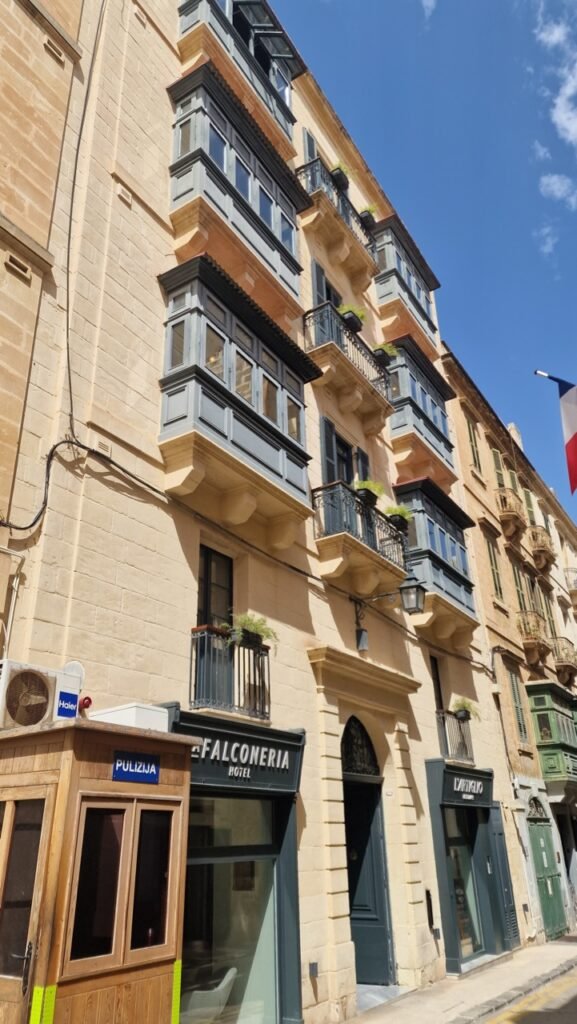
Because of all this, Valletta doesn’t give off the typical capital city vibe. Instead, it feels like a historic jewel box or the old town of a charming small city.
Where Is Malta’s Capital Located?
Valletta sits on a narrow, rocky peninsula on Malta’s eastern coast, with Marsamxett Harbour to the west and Grand Harbour to the east. It’s bordered by Floriana on the land side, while across the harbors you’ll see Sliema–Gżira to the north and the Three Cities—Birgu/Vittoriosa, Senglea, and Cospicua/Bormla—to the south. The two harbors and the steep cliffs serve as natural “city walls,” making Valletta compact and easy to explore on foot.
In practice, you can reach central Valletta from Sliema in just a few minutes by ferry. From the south, the Barrakka Lift takes you straight up to the upper part of the city. The airport is about 8 km away—a short ride by car or taxi, and the bus is also a comfortable way to get there.
A Brief Historical Background
Valletta was founded in 1566 by the Knights of St. John (also known as the Knights of Malta), right after the Great Siege of 1565. The city is named after Grand Master Jean Parisot de Valette. It was designed as a modern, fortified city—Francesco Laparelli (a colleague of Michelangelo) and Girolamo Cassar laid out a grid system of streets with bastions and gates. This is what gives Valletta its compact and walkable layout to this day.
The 16th to 18th centuries marked Valletta’s baroque golden age: St. John’s Co-Cathedral was built (home to Caravaggio’s famous paintings), along with the Grandmaster’s Palace, the knights’ auberges (lodging houses), and many churches and palaces. Thanks to its protected harbors and the knights’ global connections, Valletta quickly became a major cultural and commercial hub of the Mediterranean.
From 1800, Malta was under British control (a colony from 1814–1964), and Valletta became an important naval base. This brought Victorian and neoclassical influences into the cityscape, and the colorful wooden balconies (gallarija) became a common sight, giving Valletta’s streets their unique charm.
World War II caused heavy damage, followed by reconstruction in the 1940s and 50s. Since 1980, the old town has been a UNESCO World Heritage Site. In the 21st century, several major renovations and modern additions (like the new City Gate, Parliament building, and Pjazza Teatru Rjal) have refreshed the city’s look—while still preserving Valletta’s historic and small-town character.
Top 10 Sights in Malta’s Capital, Valletta
- St. John’s Co-Cathedral – Lavish baroque interior, Caravaggio room (The Beheading of St. John, Saint Jerome).
- Upper Barrakka Gardens & Saluting Battery – Amazing views of Grand Harbour and the Three Cities. Cannon salute typically at noon. A lift takes you down to harbor level.
- Grandmaster’s Palace (State Rooms, Armoury) – The knights’ palace. Some areas may be closed for renovations. It’s worth checking tickets online in advance.
- Fort St. Elmo & National War Museum – A fortress at the tip of the peninsula with war exhibits. Beautiful views, especially dramatic on windy days.
- Casa Rocca Piccola – A Renaissance palace with a living family history. Guided tours include a rare WWII shelter.
- National Museum of Archaeology – Artifacts from Malta’s prehistoric temple cultures (Ġgantija, Ħaġar Qim, Mnajdra), including iconic Neolithic figurines. Great option for a rainy day.
- Strait Street – Once a nightlife alley, now lined with cafés, bars, and small galleries. Perfect for an atmospheric evening walk.
- Lower Barrakka Gardens & Siege Bell Memorial – A quieter garden with a different view of the harbor. Great photo spot at sunset.
- Valletta Waterfront – Renovated warehouse buildings with restaurants and cafés. Harbor cruises depart from here.
- Is-Suq tal-Belt – Valletta Food Market – A mix of market and food court. Perfect for quick bites: pastizzi, ftira, local desserts, and international foods—a great stop during sightseeing.
English is one of Malta’s official languages, which makes navigating the city and connecting with locals easy for travelers from English-speaking countries.
Quick Overview of Valletta’s Flavors & Markets
Is-Suq tal-Belt (Valletta Food Market) is a restored indoor market and food court in the heart of the city. It’s a great spot for a quick tasting tour or casual dinner. You can try local dishes here, but there’s also a good variety of international food—and honestly, we preferred those.
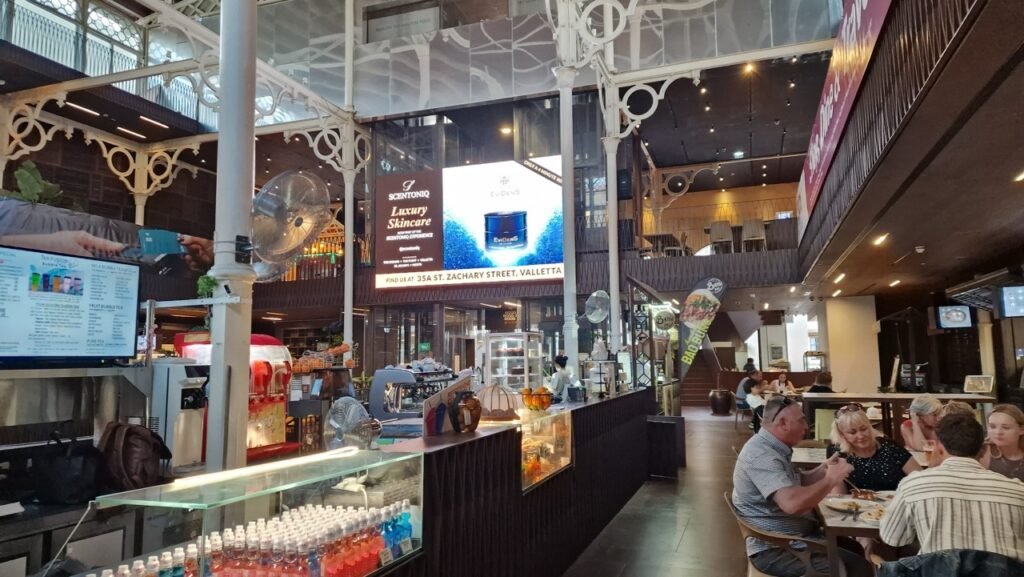
Malta uses the euro (€), and most places accept cards, though having some cash on hand for small purchases or ferry rides is useful.
What to Try in Valletta?
- Pastizzi – Malta’s favorite savory street snack, these hot, flaky pastries are filled with ricotta or pea mash.
- Ftira – Flatbread sandwich with olive oil, tuna, capers, and tomatoes.
- Stuffat tal-fenek – Rabbit stew with red wine (a national classic).
- Lampuki – Fresh seasonal fish, especially in autumn.
- Ġbejna – Local sheep cheese (fresh or aged), often served in salads or on platters.
- Bigilla – Creamy bean dip with crispy bread or crackers.
- Desserts – Cannoli, imqaret (date-filled fried pastry).
- Drinks – Cisk (local lager), Kinnie (bitter orange soda), local wines.
Around the market, you’ll sometimes find small food stands, delis, and bakeries lining the nearby streets (especially around Merchant Street). There are also a few shops selling gourmet treats. It’s worth stopping into a bakery for a pastizzi or ftira while exploring.
Popular spots fill up quickly at lunch and dinner. For a more relaxed experience, aim for an early or late meal. On Friday through Sunday evenings, it’s smart to book ahead—especially for places with outdoor seating.
How Much Time Do You Need for Valletta?
Valletta is a very small capital, so if you’re just looking to get a feel for the city, a few hours can be enough. You can even visit a couple of key sights in that time.
Here are some suggested walking routes depending on how much time you have:
- Quick taste (2–3 hours): City Gate – Republic Street – St. John’s Co-Cathedral (outside or short visit if there’s no line) – Upper Barrakka Gardens viewpoint – Barrakka Lift down and back – grab a pastizzi or ftira in the city center.
- Half day (4–6 hours): In addition to the above: visit the cathedral interior, Lower Barrakka Gardens, stroll along Valletta Waterfront, lunch at the Food Market, and a quick museum stop (e.g. Archaeology Museum or Fort St. Elmo).
- Full day (7–9 hours): Two museums at a relaxed pace, guided tour of Casa Rocca Piccola, a café break, afternoon stroll on Strait Street, and sunset at Upper Barrakka.
- Museum lovers: Add an extra day for a slower pace, more exhibits, and temporary shows. It pairs well with a visit to the Three Cities by boat.
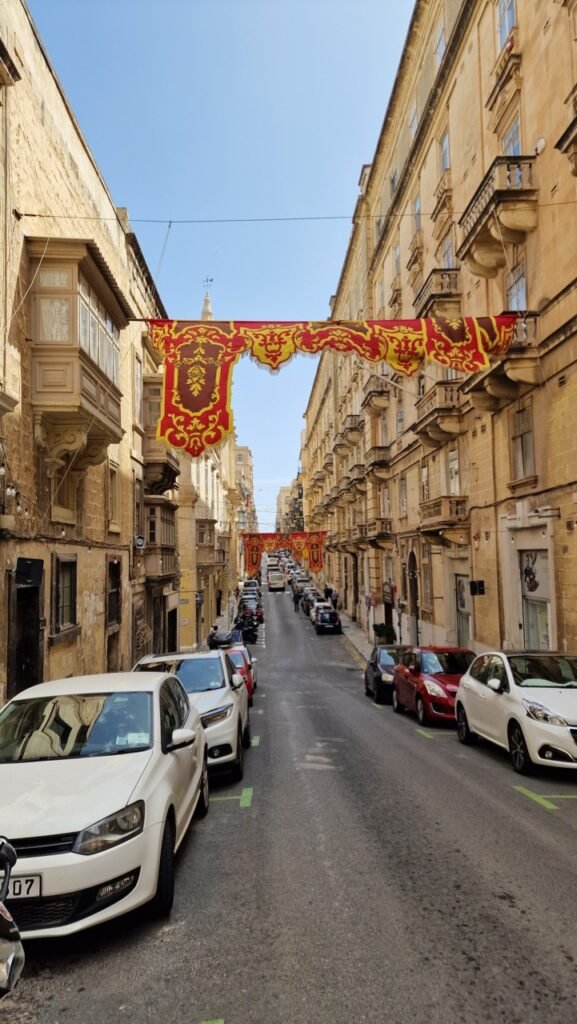
In summer, mornings and late afternoons are the best times to explore. Midday is best for indoor attractions or a long lunch break, due to the heat and high UV. Check opening hours in advance—on Sundays and holidays, many places close early.
In summer, be sure to pack sunscreen, a hat, and water—Valletta’s stone streets can get very hot during the day.
Getting There & Getting Around
Malta International Airport (MLA) is about 8 km from Valletta. To get to and from the airport, you have these options:
- By bus – It takes you to the terminal near City Gate, just a short walk into the old town.
- By taxi – Fast and comfortable; travel time ranges from 15 to 30 minutes depending on traffic. However, it’s not necessarily faster than the express bus.
Public transport in Malta is reliable and safe, and buses are a common way for both locals and tourists to get around.
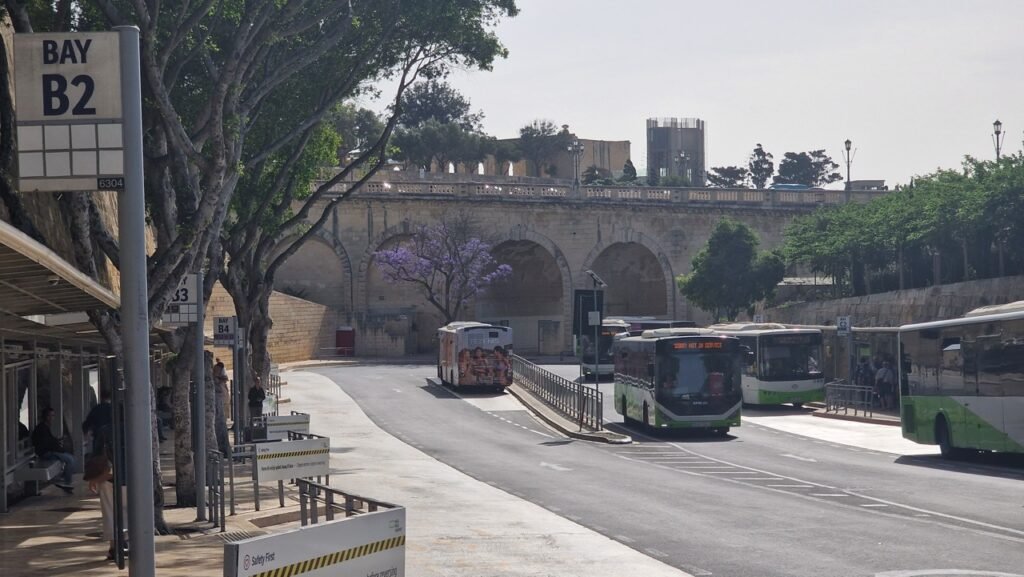
Inside the city, Valletta is made for walking. There’s no need for any other kind of transport—and in many places, it wouldn’t even be possible. Distances are short, but be ready for some steep streets and staircases.

Malta’s Capital: Valletta
Valletta, the capital of Malta, is a historic gem that you absolutely shouldn’t miss. Even if you only have a few hours, it’s well worth the visit.
The centuries-old buildings, the mostly car-free old town, and Valletta’s tiny size give it a completely different feel from what you’d expect in a capital city. But thanks to its atmosphere, historic architecture, stunning views, and fantastic food, Valletta offers an experience that’s sure to stay with you.
If you arrive by ferry from the Three Cities or Gozo, the Barrakka Lift is a convenient (but paid) way to reach the upper town—much easier than climbing all the stairs.
